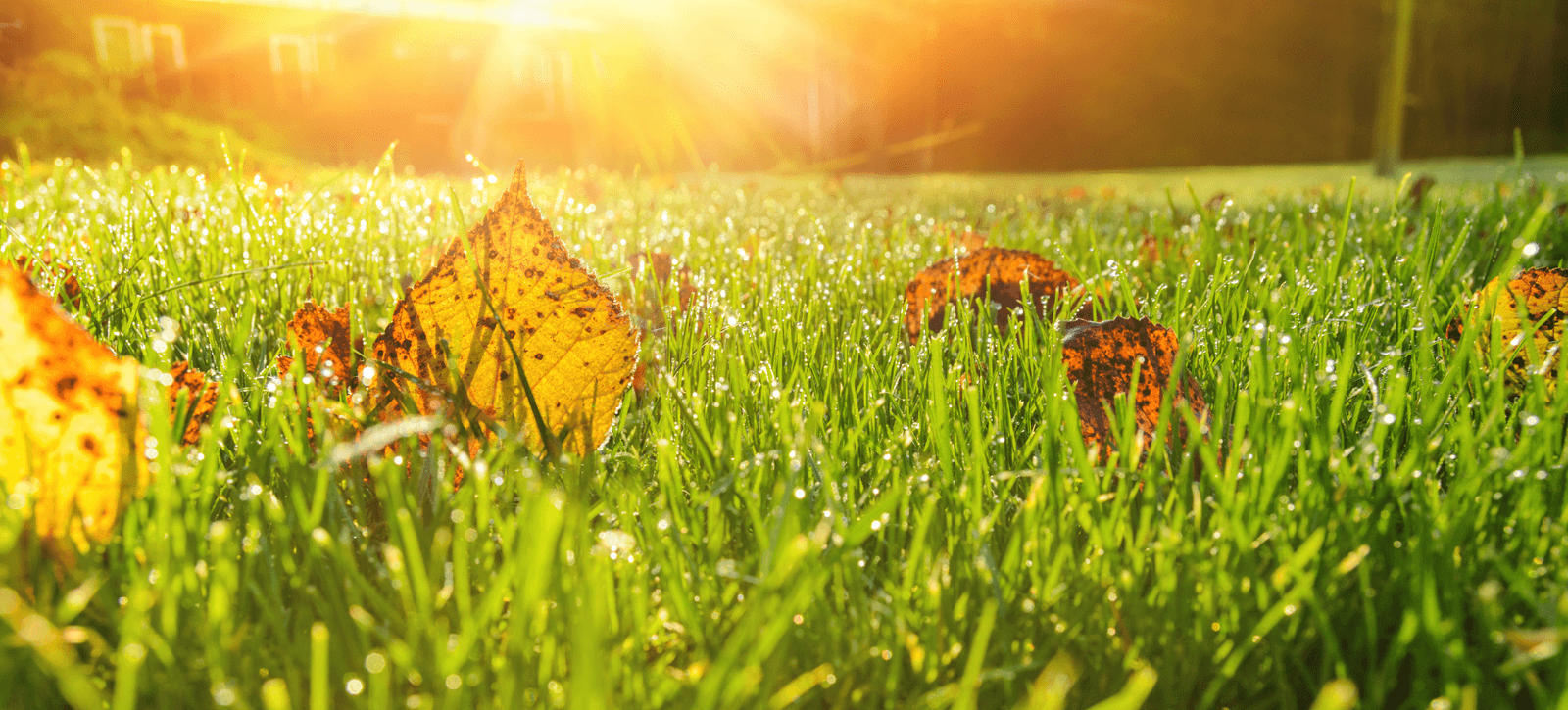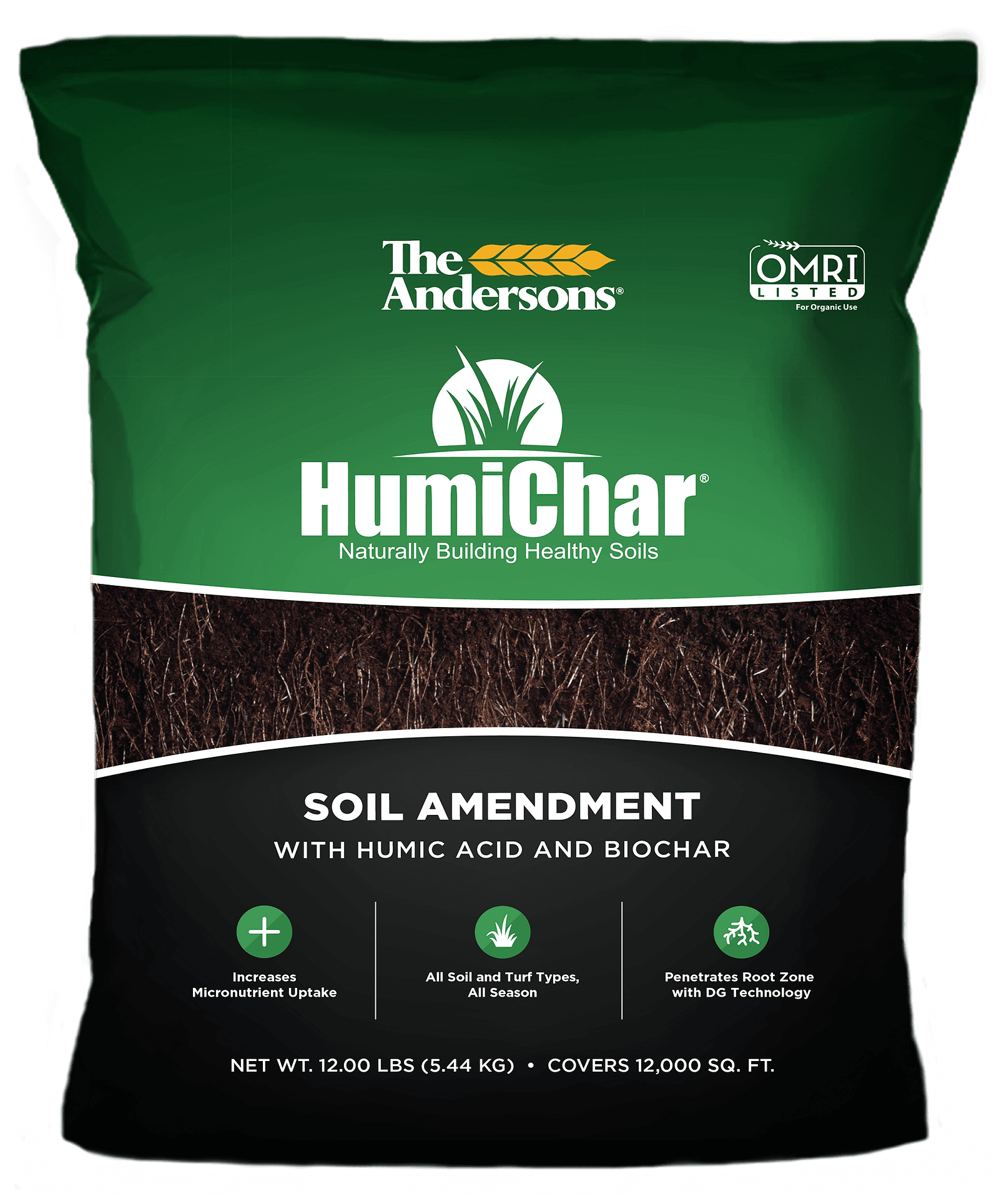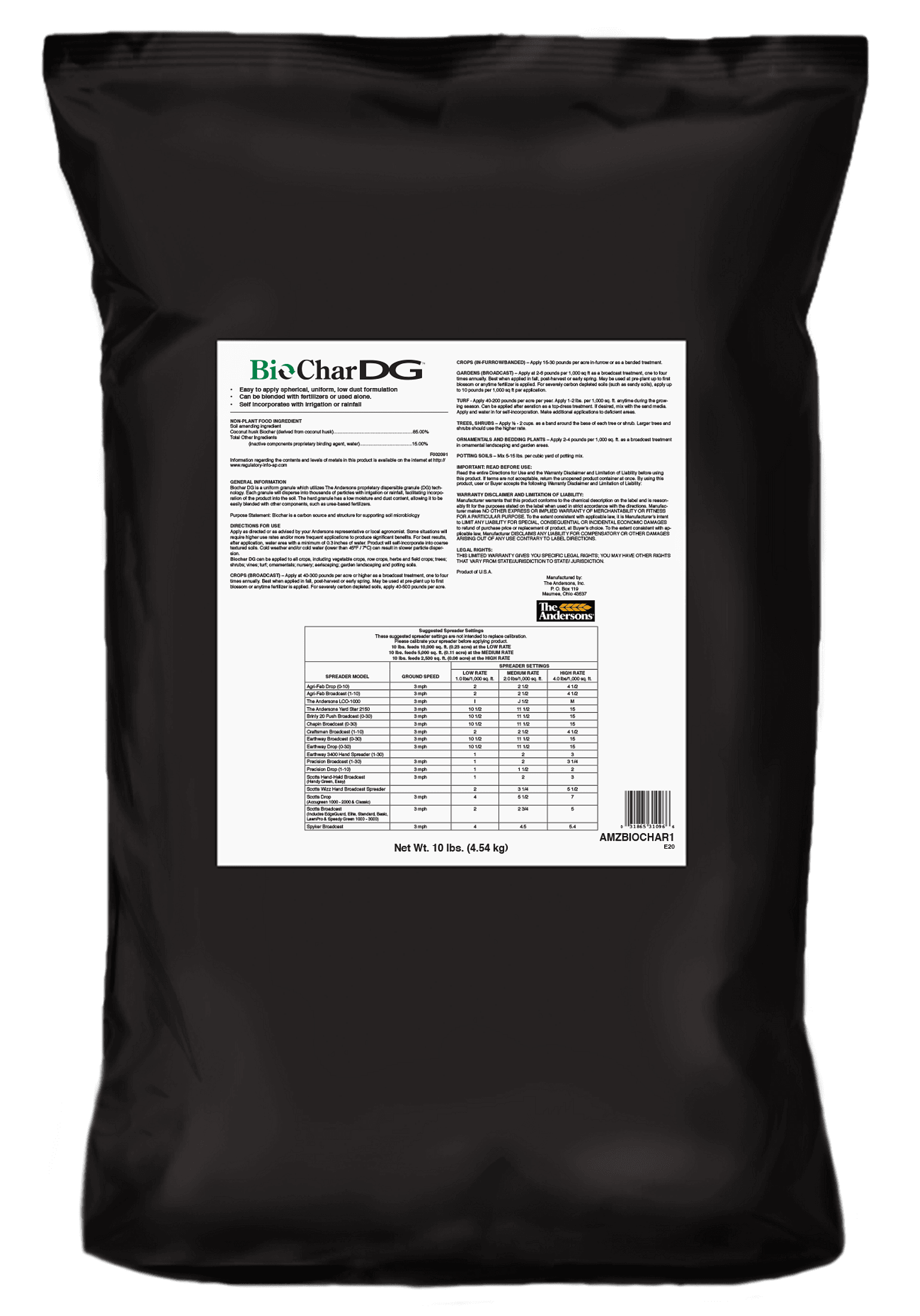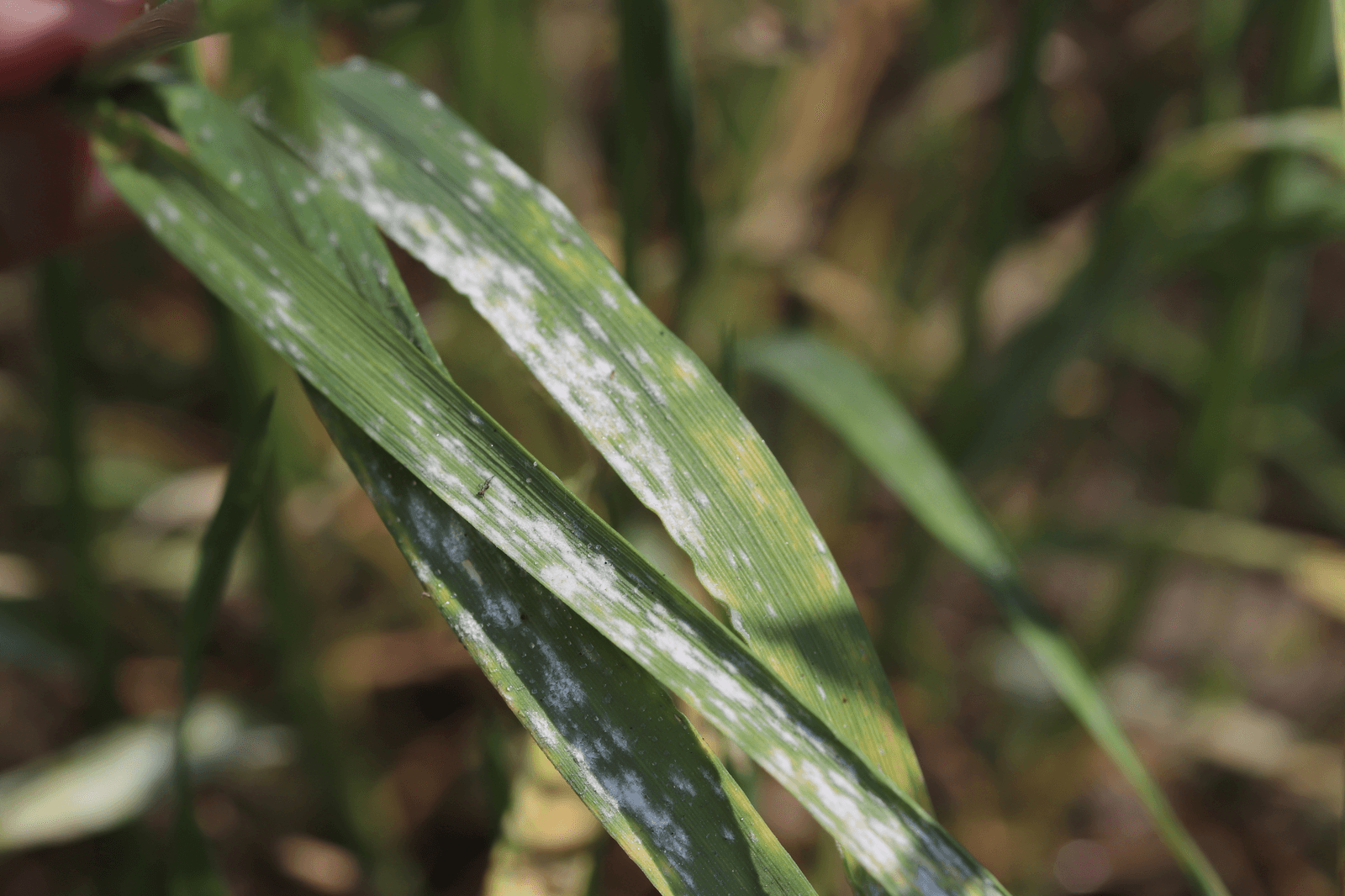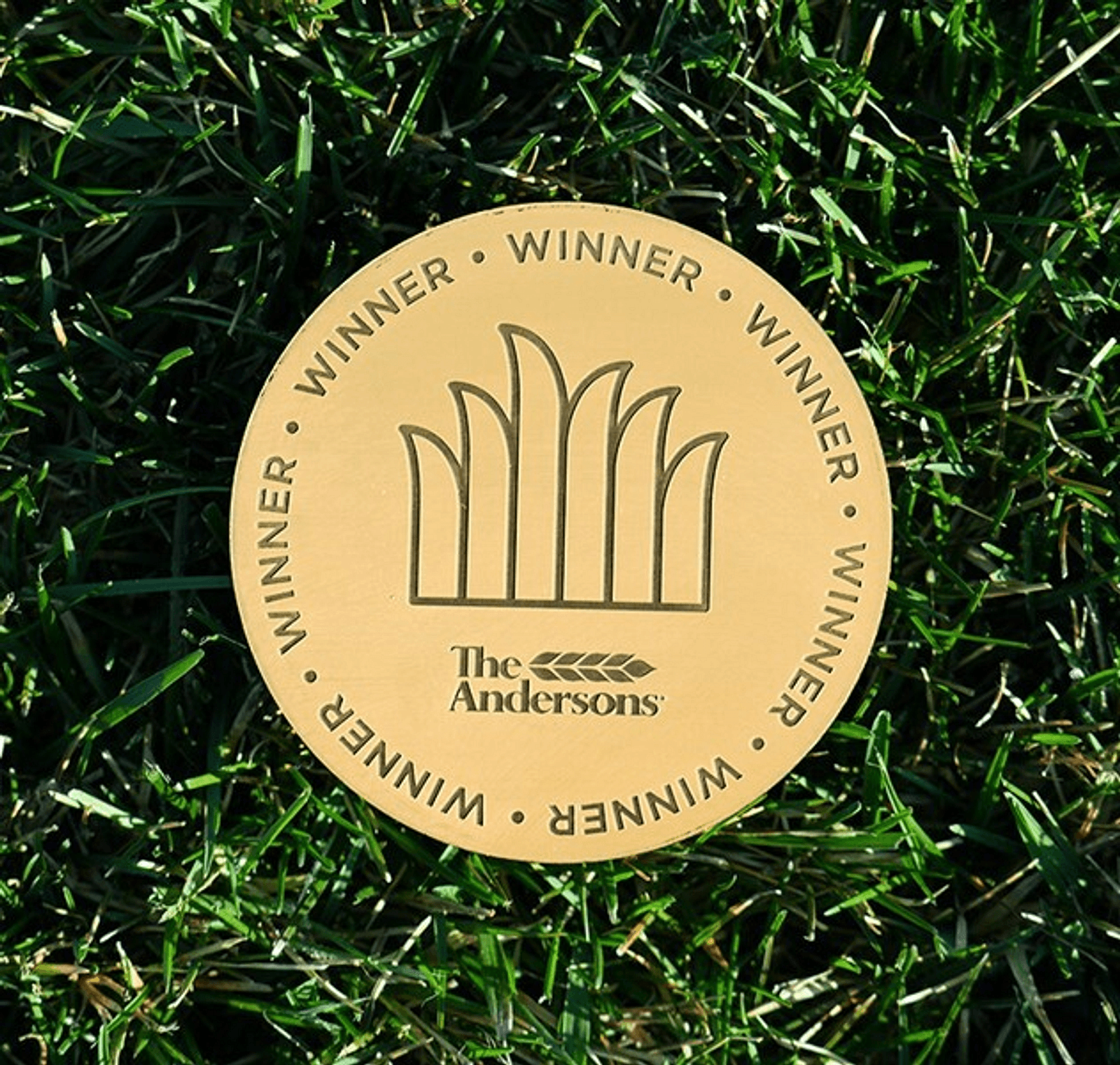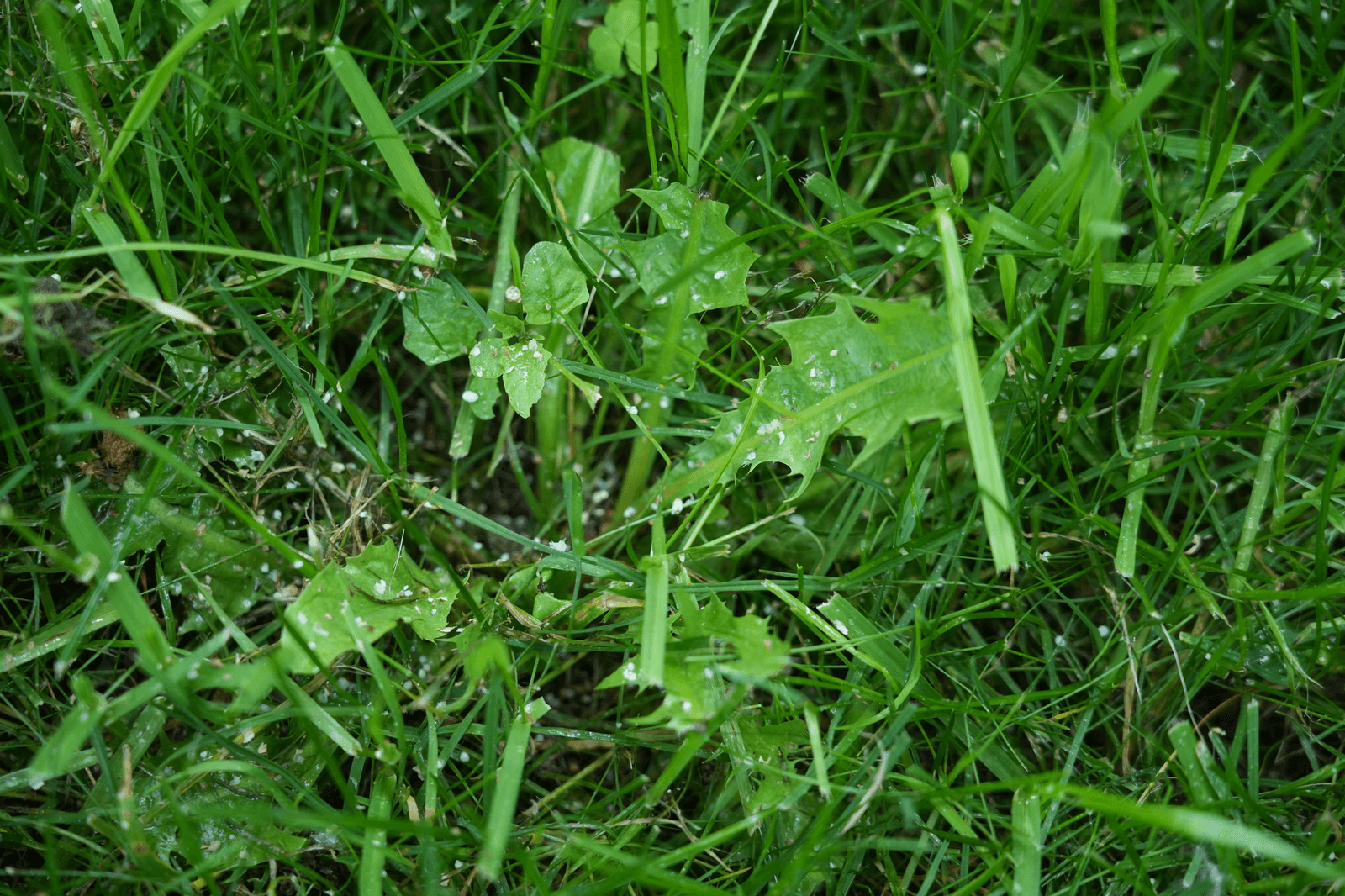Between intense
heat, drought, pests, and disease, summer lawn care can present challenges for
even the most experienced of homeowners. And we know losing your grass to any
one of these common summer troubles can leave you feeling like you're better off
to try again next year, but don't give up now.
Why Feed In the Fall
As fall rolls in,
the cooler temperatures and morning dew will begin to bring grass in
drought-induced dormancy back to life. Taking the time to feed your grass now
will help it through this recovery process quicker, allowing it to shift it's
energy into preparing for winter dormancy. If grass is properly fed in the
fall, it will begin to store carbohydrate reserves that are vital to resisting
winter disease and damage. This feeding will also allow your grass to store
away nutrients as a source of energy for root and blade growth come spring.
Fall Application Timing
Fall application
timing should be catered to your climate and grass type. In most cases, for
both cool and warm season grasses, you'll want to fertilize in early to mid
September. The majority of our products contain slow-release nitrogen that
provide continuous feeding for 6 weeks, but if you choose to use a product like
PGF Balanced 10-10-10 that is all quick-release, you may want to consider a second
fertilizer application in October or November.
Don't Forget Your
Soil
Fall is also a great
time to reassess your soil's health and needs. Applying soil amendments at the
same time as fertilizer helps ensure that nutrients are being fully absorbed
and utilized by the grass. If you plan to establish new grass, you'll want
to consider an amendment that contains biochar like BioChar DG, Humic DG or HumiChar.
Fall Fertilizer: The Step You Don't Want To Skip
Pro Tip
Jul 29, 2020
